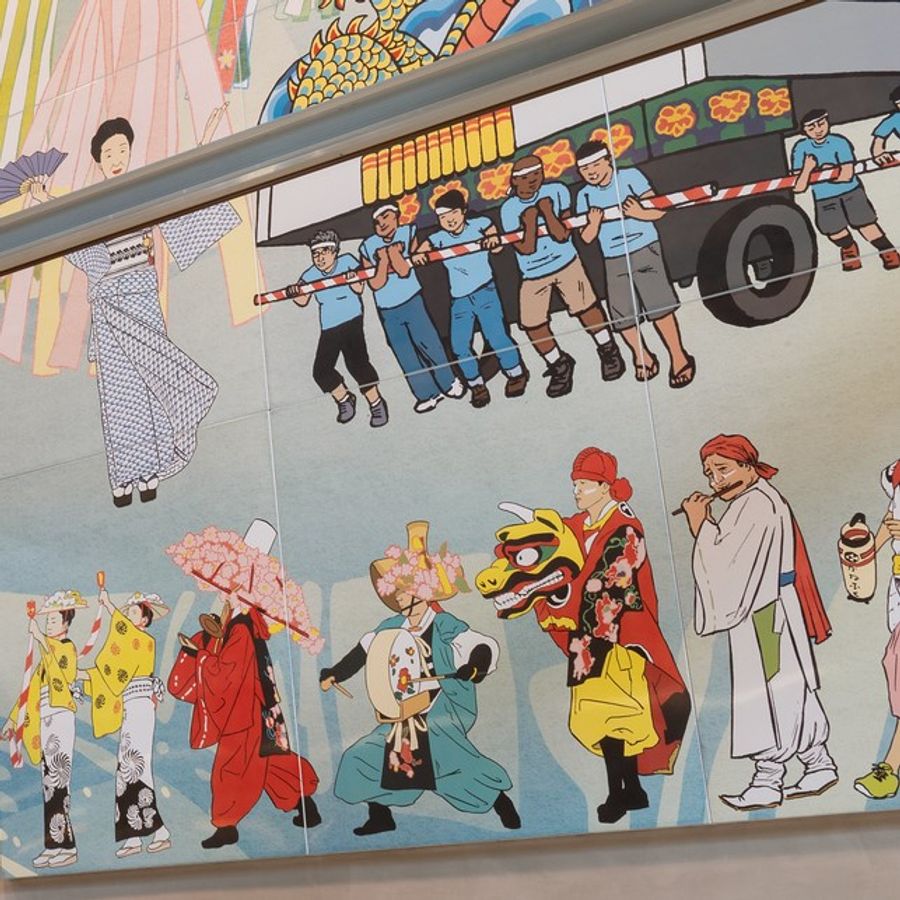Center of the Region
With the context of regional activity centers and the need to improve transportation across the region in mind, the role of Downtown comes into sharper focus. Due to DTLA’s scale, density, and accessibility, it naturally emerges as the place to serve many of the needs that cannot be met on a local level.
Experiences for Angelenos
From the LA Auto Show to New Year’s Eve celebrations, Downtown has become the go-to location for events intended to draw large numbers of people from around the region.
Arts, Culture & Entertainment
With two major art museums, The Broad and MOCA, featuring free admission, The Music Center, one of the largest performing arts centers in the United States, along with a multitude of other attractions and venues large and small, Downtown LA has cultural offerings unparalleled in the region.
World-Class Cuisine and Experiential Retail
With an average of half a million people in Downtown on an average day, retailers and restauranteurs have seized on the opportunity to make Downtown the place where they can gain maximum exposure to enable the creation of unique.
The Regional Connector greatly improves access to these and other major attractions and popular destinations for people from across the city. The significance of this aspect of the project is exemplified by the locations of the stations and embodied by the world-class design of the stations themselves.
While the ability to serve these purposes is what sets Downtown apart from other LA activity centers, it should be noted that DTLA is also its own activity center. With almost 100,000 residents in Downtown and more in the immediately surrounding area, DTLA is as much a place where people buy groceries as it is a place for a special event. These true “Downtowners” give the area life and make it feel like a distinct community. It is this combination of the local, the regional, and the global that creates the dynamic urban experience that fuels Downtown as a place people want to go.

"Composed as a new public allegory of Los Angeles as a site of remembrance and resistance, the artwork speaks to present and future generations about the power and politics of place."